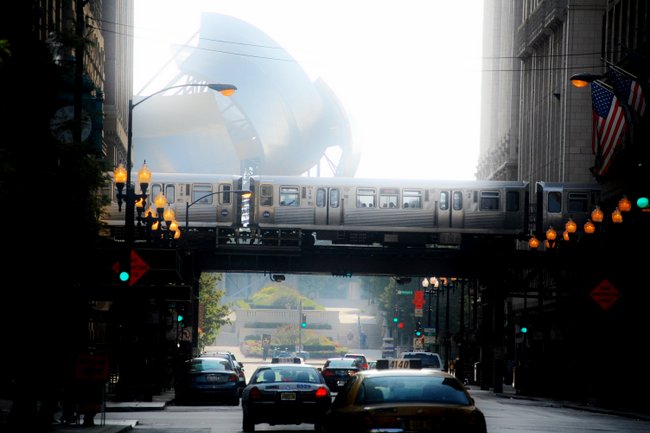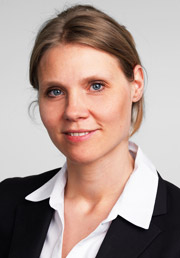Economy will depend more on dense planning
Urbanisation
Urban transportation is one of the largest contributors to greenhouse emissions, and a source of endless woe for commuters. But is it really “essential”?
Not really, says one researcher.

Maria Börjesson, Associate Professor in Transport Systems Analysis at KTH Royal Institute of Technology, says that by focusing on transportation solutions, cities miss an opportunity to address the root causes of traffic congestion and over-reliance on automobiles: namely, ill-conceived planning and development.
“What’s essential is accessibility – that people can meet each other, that they can access firms and firms can access employees,” says Börjesson, who has been studying attitudes toward congestion zone charging programs in Swedish cities.
“Of course transportation is an important part of that; but equally important is where we locate people and firms, that is, where people live and where they work,” she says. “To prioritise transportation solutions over planning is a bit like saying we need longer forks, when the real problem is the chairs are too far away from the table.”

Börjesson argues for greater density – that is, more residences and workplaces within a given geographic area – and less sprawl, as cities’ populations undergo what is expected to be dramatic growth over the next few decades. Making the wrong choices would deprive urban areas of the physical interactivity they need to generate productivity and innovation, she says.
“High accessibility regions tend to breed new ideas,” she says. “One person meets another person, and they come up with a great idea – and this inspires a third person coming with an even greater idea.
“Whether it’s a big city or a small one, the essential thing is that people can meet,” she says.
Getting that to happen may not require “a lot of fancy technology,” she says. Rather, it’s a matter of more structured and dense land use. “It reduces the need for car, and it shortens trips reduces emissions, and people seem to become happier with short trips.”
But reducing cities’ carbon footprint isn’t just a task for urban and transportation planners. Breaking the trend toward heavier and bigger automobiles would also help reduce emissions.
And city-dwellers also can take matters into their own hands by converting automobile or bus trips to bicycling. “Bicycling is very important,” she says, cautioning however that planners have a role to play if bicycling is to have a large scale impact.
“It’s essential to build cities densely enough to enable people to cycle, and that is a real challenge not to have cities sprawling out when we have increased urbanisation.”
David Callahan